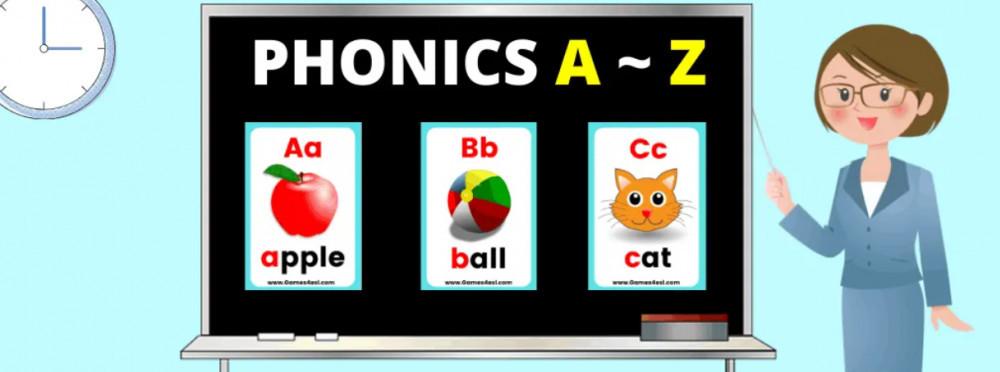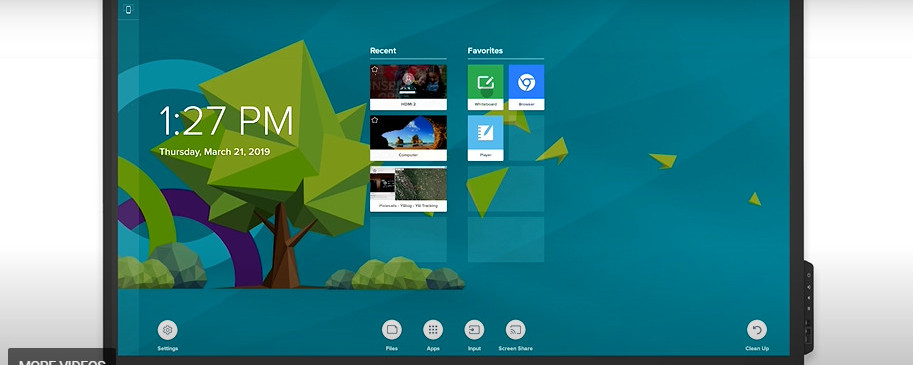A Bit of Background.
I think it always helps if you have a deeper understanding of both the country and the area in which you will work. So I hope that this information gives you the background context for you to help the students and yourself.
An Overview.
Since the 1980s, Vietnam has undergone substantial market changes as the Communist government has transitioned from a command-style economic structure to a more open capitalist economy while maintaining political control.
The modernization of Vietnam’s education system, which is perceived to be trailing behind other Southeast Asian countries by foreign observers, was one of the country’s strategies for achieving greater economic growth.
A number of reforms were announced, including the need for teachers to enhance their abilities and get master’s or doctoral degrees by 2020. There’s also a focus on increasing school enrollment.
Increased internationalization of Vietnam’s still relatively closed higher education system is another goal of the present reforms. The Vietnamese government is attempting to boost English-language education in the country, as well as foster international collaboration and exchange with nations such as Australia, New Zealand, France, the United States, Japan, and Germany.
School Grades and Age Ranges.
In Vietnam, children typically begin preschool at the age of three and complete kindergarten by the age of five or six. (The school weekday is 6 days a week for K-12, however, most students only attend half a day for classes).
They subsequently go to primary school for grades one through five. This program is for youngsters aged 6 to 11 years old. Although these are the only years in which Vietnamese children are required to attend school, it is typical to find children from low-income families not attending at all.
The students then progress to Grade 6 – 9 which is for 11 to 15 year-olds, (or enroll in vocational training programs.) This is called lower secondary school or “Trung hoc co so”.
After grade 9 they can then move on to Grades 10 to 12 called “Trung hoc pho thong” or Upper Secondary. Upper secondary admission is only granted after a tough entrance examination.
Students who do not achieve a high enough score on the admission tests might alternatively enroll in private institutions or advanced vocational programs. After which they may attend University after an admittance examination.
The National High School Graduation Examination.
The National High School Graduation Examination was created in 2015 by combining high school graduation and university entrance exams in Vietnam, and all high school students in Vietnam are required to take it at the end of Grade 12 to receive a diploma known as the High School Graduation Certificate. Around 900,000 Vietnamese students take the exam each year in June.
The graduation examination requires the completion of three papers:
- Mathematics
- Literature
- Foreign Language (English, French, German, Chinese, Japanese, or Russian)
- In addition, students must choose either Natural Sciences (a combination of Physics, Chemistry, and Biology) or Social Sciences (including History, Geography, and Civic Education). In some cases, the students can take both combinations and choose the best result to be applied to their “score”.
In addition to the results of national high school examinations, several universities in Vietnam have added ‘General ability’ tests to the selection process.
Because universities develop their own assessments, this approach is supposed to aid institutions in selecting students with sufficient talent to grasp their training programs. Candidates can apply for the tests on their own time, usually before or after the national high school exam.
Costs for Students and Parents.
Despite the fact that elementary education is technically free and the government covers the majority of the expenditures, elementary schools charge a range of supplemental fees, ranging from maintenance fees to fees for the purchase of books and uniforms.
In the meantime, secondary public schools are permitted to collect minimal tuition fees. Furthermore, it is not uncommon for parents to pay school teachers for extra private sessions in order to assure their children’s academic success, a frequent corrupt practice that raises prices and inequities in public education.
Higher education tuition fees have also been steadily rising, and numerous public colleges have already been freed from tuition limitations. For bachelor’s degrees, top colleges such as the Ho Chi Minh City University of Technology are presently charging annual tuition costs in excess of USD $1,000.

The Curriculum.
Elementary School.
In grades one through five, students are taught Vietnamese, mathematics, moral education, natural and social sciences, arts, and physical education, as well as history and geography. Foreign language ( English ) and computer training ( starting in grades three and four) are also part of the curriculum. Rote learning from what I have observed seems to be the preferred methodology of teaching.
So when the students see a foreign teacher in English class making it fun, they can become quite excited.
Lower Secondary Education
All students who have completed elementary school are eligible for admission to general lower-secondary education. A Lower Secondary Education Graduation Diploma is awarded at the end of the program.
Vietnamese, foreign language, mathematics, natural sciences, civics, history, geography, technology, computer science, arts, and physical education are all part of the curriculum. Elective subjects include a second foreign language and minority languages.
Students attend up to 30 45-minute lessons per week, and annual advancement is determined by instructor evaluations and exams.
Upper Secondary
Course requirements involve a total of 6 hours per week in mathematics, physics, chemistry, and biology in the natural science field, and literature, history, geography, and foreign languages in the social sciences and foreign language field.
Past reforms allow for greater individual customization with elective subjects now making up one-third of the curriculum. Beyond these subjects, all students take a core curriculum that includes subjects ranging from Vietnamese to foreign language (mostly English), mathematics, and physical and military education.
Upper-secondary students attend up to 30 45-minute classes per week. High school graduation requires passing a rigorous final secondary school graduation examination, which is also used to determine admission to higher education.
The Background and The Reality.
I have been living and teaching in Vietnam now for the last 15 years and while I love living here there can be so much more done for the students.
Vietnam is currently one of the most active outbound student marketplaces in the world, trailing only China and India in terms of raw scale. The number of Vietnamese degree students who left the country increased by 680 percent between 1999 and 2016. Source, UNESCO institute of statistics.
This dramatic increase in Vietnamese migration reflects both the country’s rapid economic expansion and its educational system’s deficiencies.
From what I see one of the biggest problems the education system has is the financial reward system for the teachers. When I first arrived it was common for teachers to get 5,000,000 dong per month. About $250 US. Even with the reduced cost of living in Vietnam the salary just doesn’t cut it. Thus, the teachers become demotivated and do just enough to get them paid.
But it also means the teachers often take on extra classes from their home and if the students do not attend their school grades suffer.
In the classroom, I see the teachers teaching in the rote style of writing on the board and then getting the students to copy. It is no wonder the students are so bored with school. I have witnessed teachers sitting at their desks and surfing the net while the students write down their “topic” from the board.
ESL in the Public Schools.
There are four areas you can teach English in Vietnam. The first is in the public schools in any of the age ranges mentioned above. Next is working privately for the English Academies from VUS down to less salubrious choices. The third would be teaching in one of the International schools and lastly, you can set up your own private classes.
When you teach in a public school do not be surprised if you walk into a class of 50 students. So you have to do a bit of pre-planning before you walk in. Please, do not try to “wing-it”. Because the class sizes are big you should consider looking at investing in a microphone which will save your voice.
You can find out more about this at………………………………. Essential Tech Tools in The Classroom.
Most classes will last for 45 minutes and some will be back-to-back classes meaning you should be prepared to teach for 1 and a half hours. I have a range of advice and articles on my website about teaching to different ages and advice on lesson plans you may use. One example is “How to Teach ESL to Kids“. But there is also much more to be found.
And what of salary, well you can expect to make around $20 US per hour and still keep your weekend free. However, at some stage you will want to work in a private school as well because the public schools close for 3 months every year for Summer holiday. Normally closing at the end of May and restarting in September. So unless you want to do 3 months of traveling during this time, you should consider working in a private school as well.
Before applying for any positions you may wish to also look at “Mistakes to avoid as an English Teacher“
Final Thoughts.
Moving to any country for work is a big change. You can prepare for a lot of this by reading as much as possible and talking to those who have done it. If you need any advice, leave me a message and I will get back to you ASAP.
Stephen.
Any or all links on this site may be affiliate links, and if you purchase something through those links I will make a small commission on them.
There will be no extra cost to you and at times due to my affiliation, you could actually save money.
You can read our full affiliate disclosure here.























































